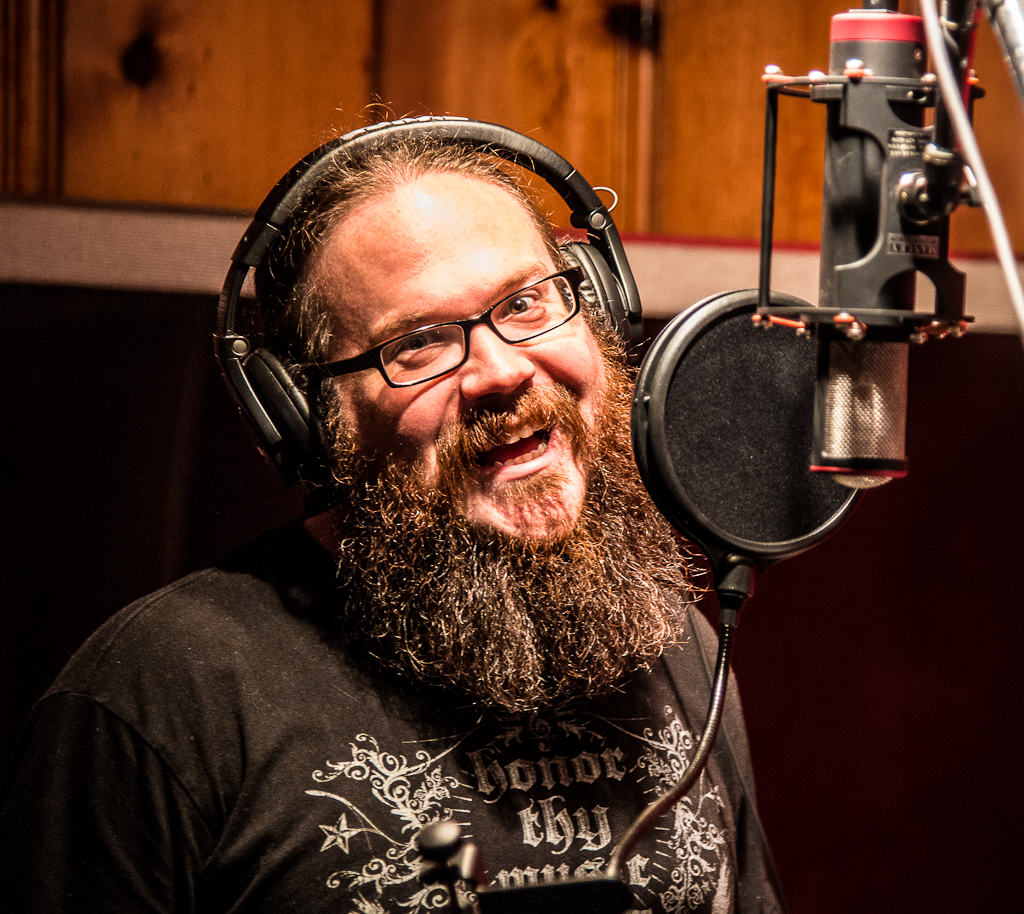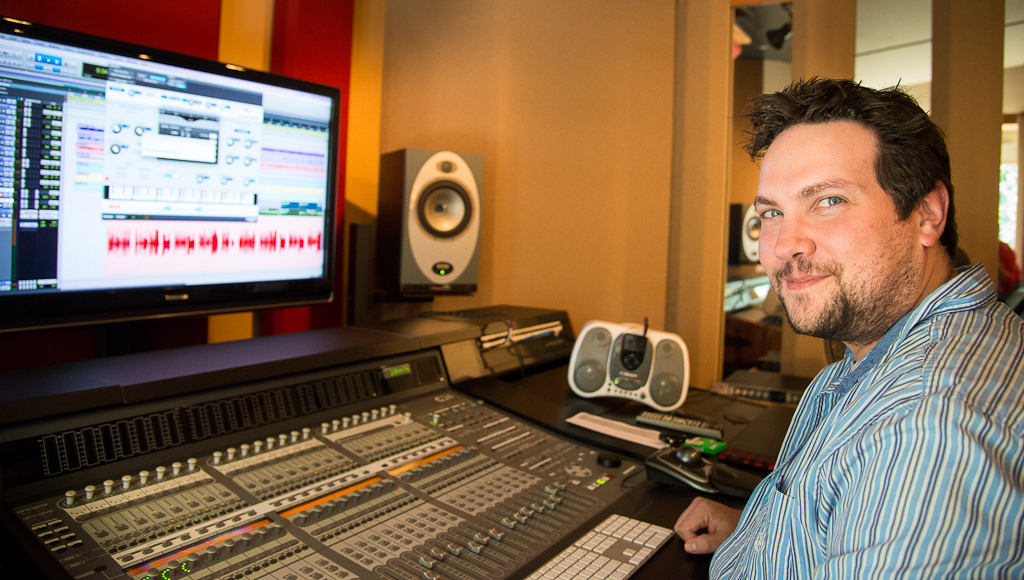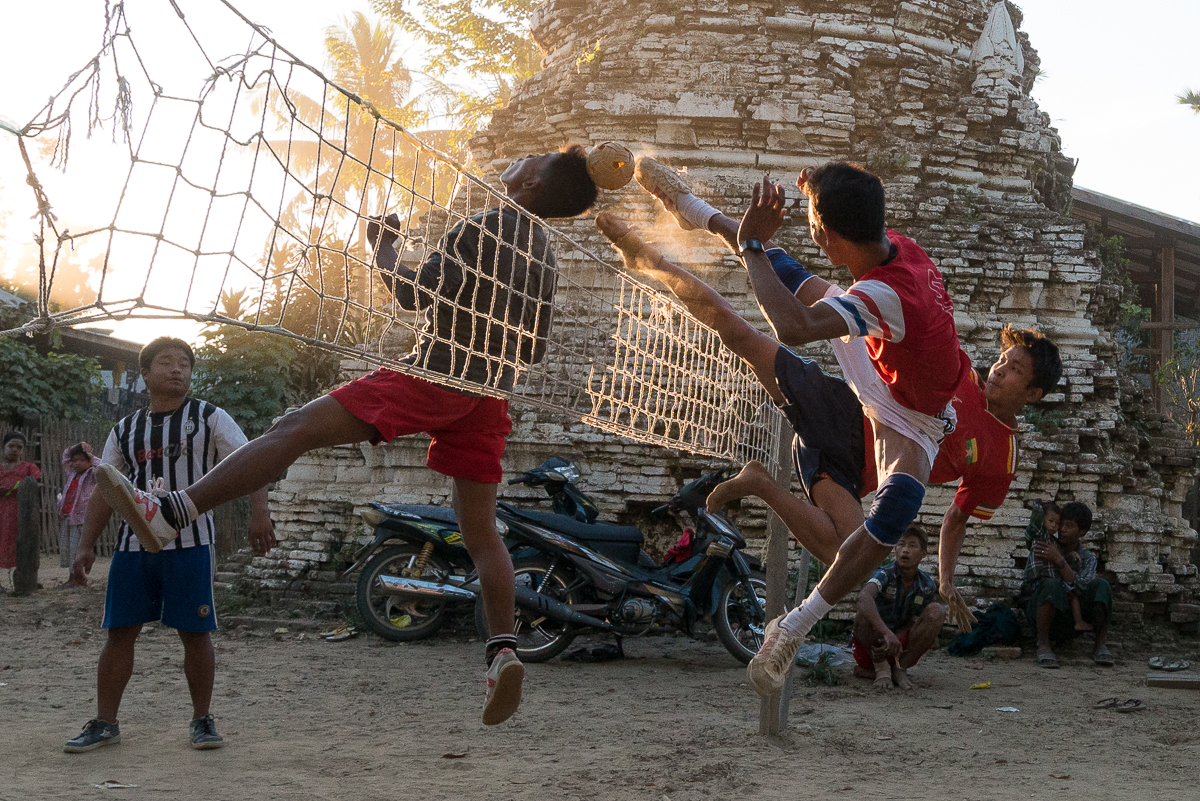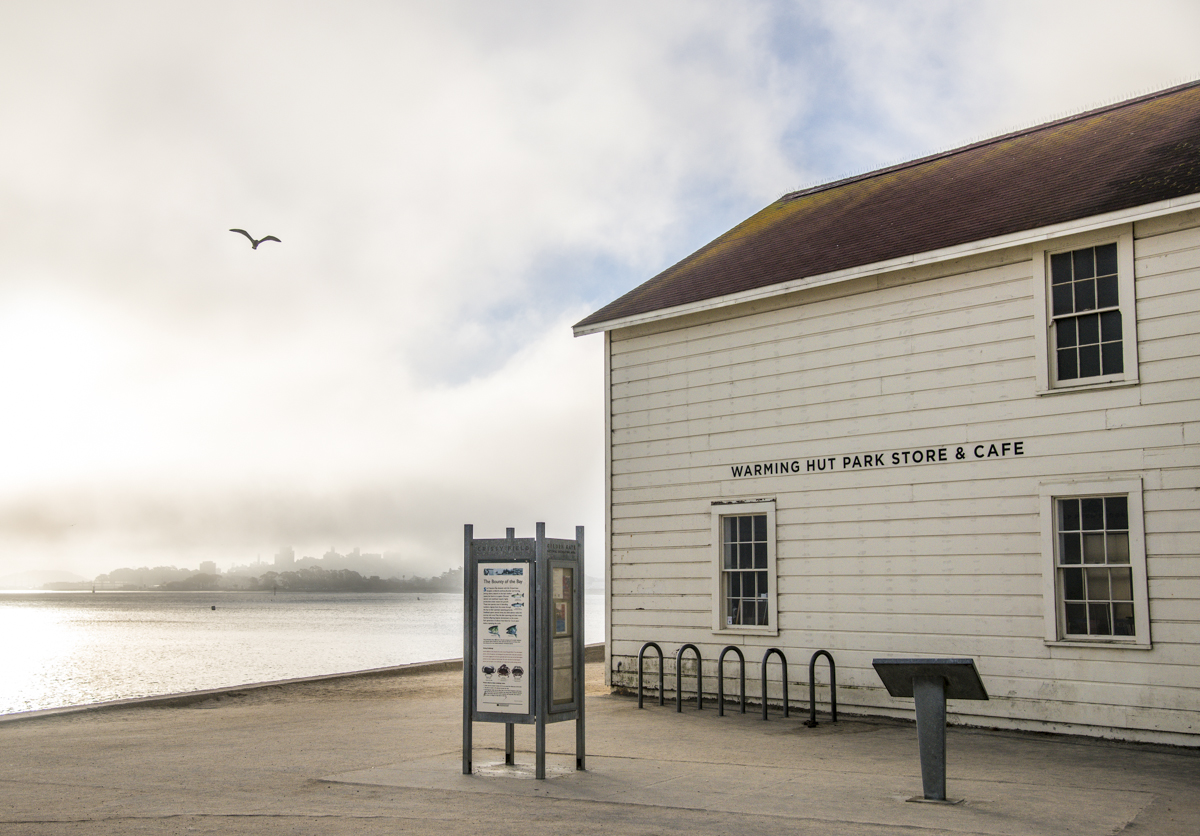A few months ago, I told the story of my initial Forest-Gump-like foray into the world of Nashville songwriting. Now there’s actually something to listen to! “We” recorded studio “demos” of the three songs. It was great fun, and I swear the songs are better than you’re expecting them to be — but of course I had lots of help.
Click here to go to the songs — or the story and pictures are below.
Country music has at least one thing in common with classical music: More often than not, the artist you hear performing a song is not the person who wrote or composed it. This differs from traditional rock bands, who typically write their own music. One result of this is that in Nashville, there are dozens and dozens of songwriters happily writing songs, hoping that someday those tunes will be on the radio, sung by one of the big country stars.
Last spring, my longtime friend Greg Cook, a professional Nashville musician, had an out-of-the-blue, outside-of-the-box invitation for me: I should come to Nashville and write some songs with him (and with a couple of his very very talented friends). See the full story here. Given my lack of any known skill or expertise in this domain, this seemed a bit like a suggestion that I return a few punts for the Packers, or stand in for Baryshnikov at the Bolshoi. But Greg had faith, patience and probably some amused curiosity. Of course I eagerly agreed. It was great fun – mostly thanks to Greg and the two other musical wizards we worked with (Eddie Kilgallon and Justin Spears).
The initial results were promising, and this month brought about the next chapter in the adventure: Greg brought me back to Nashville to make “demo” recordings of the three songs. You can click here to go hear those songs. But here’s the story behind the recordings.
A “demo” is a recording of the song, usually performed with a full band. The point of a demo is to have something to give a country artist (singer or producer) so they can hear your song and (maybe, just maybe) decide to record it on a “real” album. There are studios in Nashville that do a lot of this. I’m guessing that the ratio of “demos” to songs really recorded for a major label is at least 100 to 1. So our odds are not good; but we are undeterred.
Greg handled everything. The band they put together was amazing. There’s good, there’s really good, and then — about three notches up from that — there are these guys. The electric guitar player, for example, moonlights at this studio, but his regular job is playing guitar for Tim McGraw. The acoustic guitar player (and bandleader) is the guy who does the acoustic parts for Rascal Flats and Faith Hill albums. You get the picture.
These guys were so good, you could just say “Let’s make this one feel like a Randy Travis song from the 1980s,” or “Let’s do this one kinda like Joe Walsh did ‘Life’s Been Good.’.” And they’d do it. And it sounded just like you’d imagined it, only better.
One great amusement: In these settings, the songwriters do not write down traditional sheet music. You write down the lyrics, then make a usually-very-rough, on-your-iPhone style audio recording (“work tape”) of the song with just guitar and melody, then you show up at the demo session. The band learns the song by listening to the work tape, and then by having someone sing it with them as they play it. The latter is a “scratch vocal”, which is recorded temporarily but subsequently recorded over when the “real” singer arrives. Despite the fact that Greg and the other two co-writers on the three songs each have principal occupations that include “professional singer” in the job description, somehow I was the guy who wound up singing for two of the work tapes, and singing along with the band as the scratch vocal on all three. This was probably the first time I’d sung in front of more than one or two carefully-chosen acquaintances since I was in a grade school assembly. And I was singing for that crowd. In my vague defense, I must have done okay – at least in terms of showing them how the song was supposed to go – because they spun out three pretty impressive “tracks” in just a couple of hours.
The next step was the vocals. Often these are done by a hired-gun studio session singer. Coincidentally, Justin Spears (co-writer on one of the songs, and a member of Ricochet) is one of those guys. (Justin is the guy in several of the pictures with long reddish hair and a bushy beard.) He’s got a wonderful and amazingly versatile voice (he can sing like Hank Jr. one minute and Bob Seger or Alan Jackson the next); he’s got a Rainman-like musical-genius ability to calculate complex musical harmonies in his head and sing them on the fly; and he’s got a wacky, warm personality that always makes you laugh and feel like you’ve found a new friend. On our demos, Justin sang the lead and both the background vocal parts. He could do the lead vocals, then the tenor part, then the baritone – each done flawlessly, back-to-back, without practice and without any written music in front of him.
Almost done.
The last step is the “mix.” That’s where they use a big table-sized board full of knobs and levers and meters (and nowadays lots of computerized gizmos) to adjust and balance all vocals and instruments and make it all sound right together. If this sounds simple or straightforward, it is not. An example of what goes on: Rob, the engineer, wasn’t perfectly happy with the recorded “thunk” sound of the studio snare drum, so he ran a computer program that replaced every “thunk” with a presumably-slightly-different (I couldn’t tell!) “thwk” with similar volume at the precise same instant (Rob apparently has a library of half-second sound “samples” of various snare drums). While the computer performed this task, Rob offered up some opinions on the sound quality generated by the drum-striking techniques of various Nashville studio drummers. Example: “He’s got the best kick-snare-hat in the business, but his toms are just so wimpy.” I suspect that if I was a drummer, I’d think that was either dead-serious business, or crazily hilarious.
Though Rob could have tweaked all day, the musicians were so good there was probably little need for that. What came out of the fancy speakers in that little room sounded for all the world like something I’d fully expect to hear on the radio. All three songs sounded great.
Everyone who touches this process adds something new and pushes the evolution along, making the song just a little different and, each time, usually at least one notch better. Though Greg and I were both pleased and surprised at the result, that’s just icing on the cake. I got to spend another week with my longtime buddy, and live another few days in a fun world of music pros in action. What’s next? Good question. With any luck, maybe there’ll be another chapter in this saga.
—–
CLICK HERE to go to – and hear — the songs.
—–
Somehow I didn’t come away with any pictues of Eddie Kilgallon, the great guy who co-wrote “I’ve Got People for That” with us (and who co-wrote a #1 George Strait song a while back). He’s got a blog here if you want to see his mug.





